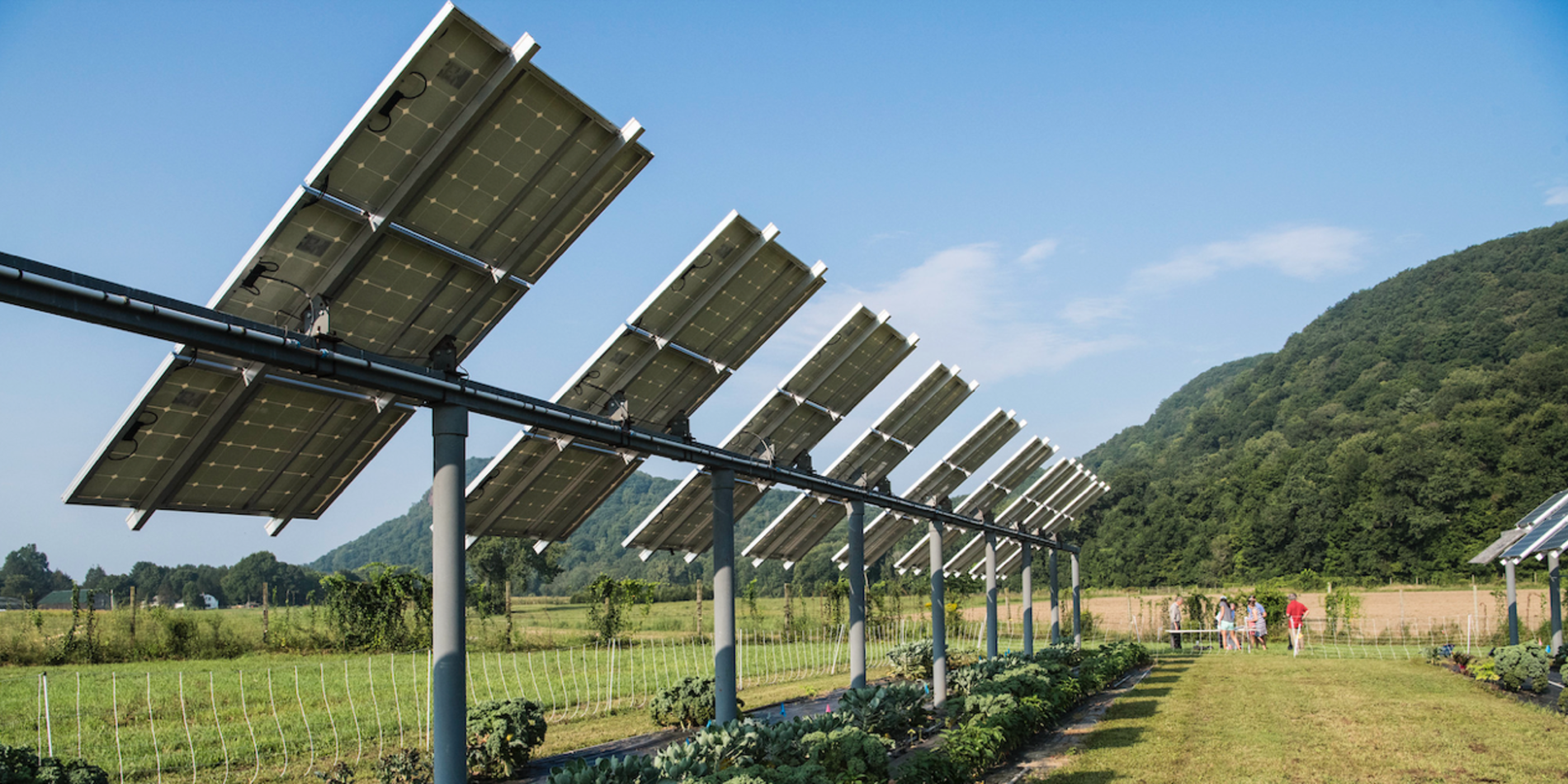For the Long Haul
Historically, there has been a tradeoff between the efficiency of an engine and its emissions. You could ramp up the engine’s efficiency, or improve its emissions, but not do both. Julie Blumreiter, MS ’11, PhD ’16, and Bernard “BJ” Johnson, ’09, MS ’11, PhD ’15, believe they can resolve that tension.
In 2016, they launched ClearFlame Engine Technologies, a venture that has adapted diesel engines to offer the same torque with up to 90 percent lower net carbon emissions, a shift that provides greater fuel efficiency, higher performance, and cleaner air.
“We often get asked, in the age of cleantech, ‘Is combustion obsolete? Is it too dirty?’ says Johnson. “Spoiler alert: It’s not.”
Their high-temperature combustion system allows trucks to use a “diesel” engine that does not require any diesel fuel, and instead runs on renewable fuels like ethanol and methanol, with the potential for 100 times less soot emissions.
“We’re decoupling the bad consequences of diesel fuel from the high value of the diesel engine design,” says Johnson.
Diesel has been the backbone of freight transportation for decades. Other industries such as construction, mining, agriculture, and generators also depend on diesel engines for sturdy, reliable power. Electrifying these industries is a challenge, given the long miles driven or the remote locations of their operations. Unfortunately, that means progress has been slow for reducing carbon emissions and air pollution in these sectors.
The ClearFlame cofounders are quick to point out that diesel fuel is what makes nasty soot and nitrogen oxides, the forerunner to smog. So, why not keep the engine but change the fuel?
How the technology works

All fuels ignite at different temperatures. Ethanol and methanol normally burn at higher temperatures than diesel, making them previously unsuitable for diesel engines—they would fail to catch fire and the engine would sputter out.
ClearFlame’s innovation has been figuring out a way to give ethanol and methanol the same ignition point as diesel. Past this crux, explains Blumreiter, the engine behaves as it normally would, transforming chemical fuel into mechanical work—all the driving, digging, and drilling needed for industry.
“I’ve made it sound easy,” she says wryly.
In fact, their invention is the result of years of persistence and ingenuity. The cofounders worked together in the lab of Stanford professor Chris Edwards, and Blumreiter credits Johnson’s PhD thesis for what she calls “the aha! moment” for the technology, adding that her doctorate provided lots of prototyping experience and mechanical design that has since proven very useful.
Rather than pitching ClearFlame as an engine retrofit, they have found it most cost-effective to collaborate directly with manufacturers to incorporate the new technology.
“Only about 10 percent of the engine components have to change,” says Blumreiter, so the manufacturers’ tooling and assembly lines, and the end-customers’ maintenance of the engines, stay largely the same.
In addition, the engine prototypes have shown a 25 percent higher torque, meaning better engine performance. For truckers and other industries hard-pressed to meet California and European regulations on carbon emissions and nitrogen oxides, the ClearFlame option is a win-win: Lower emissions with lower costs, all with no loss of performance.
Motoring ahead
In April 2020, the venture closed on its first round of $3 million in investment funding, allowing it to scale up its pilot demonstrations in the transportation and power generation sectors.
Prior to that, ClearFlame had received more than $2 million in grant funding from the National Science Foundation, the U.S. Department of Energy, the U.S. Department of Agriculture, the Midwest Energy Research Consortium, and Stanford University.
Johnson says a 2016 Innovation Transfer grant from the TomKat Center for Sustainable Energy paved the way for the rest of their investment success. Shortly afterward, the cofounders were accepted into Argonne National Laboratory’s Chain Reaction Innovations program near Chicago, where they could use industrial test engines and world-class computer modeling to refine their hardware.
“It’s less a question of what the $50,000 from TomKat afforded us, but rather what it ignited and signaled to the entire cleantech ecosystem,” he says. “It’s that first vote of confidence.”
Step-by-step sustainability
Even in uncertain times for global health and global economy, ClearFlame remains focused on the global climate, an issue that, when workers return to engine factories and drivers return to the highway, will remain.
“ClearFlame chose this space because a lot of people are working on solar, fuel cells, electric vehicles already—and those technologies are really important,” says Johnson.
“Yet there’s this notion that what’s newer is always better than what’s older, or that what appears transformative is better than what’s more incremental, but by leveraging existing technologies we can get farther quicker,” he says. “We need champions for all of the pathways to a more sustainable future, or we’re not going to blaze enough trails to get there.”




